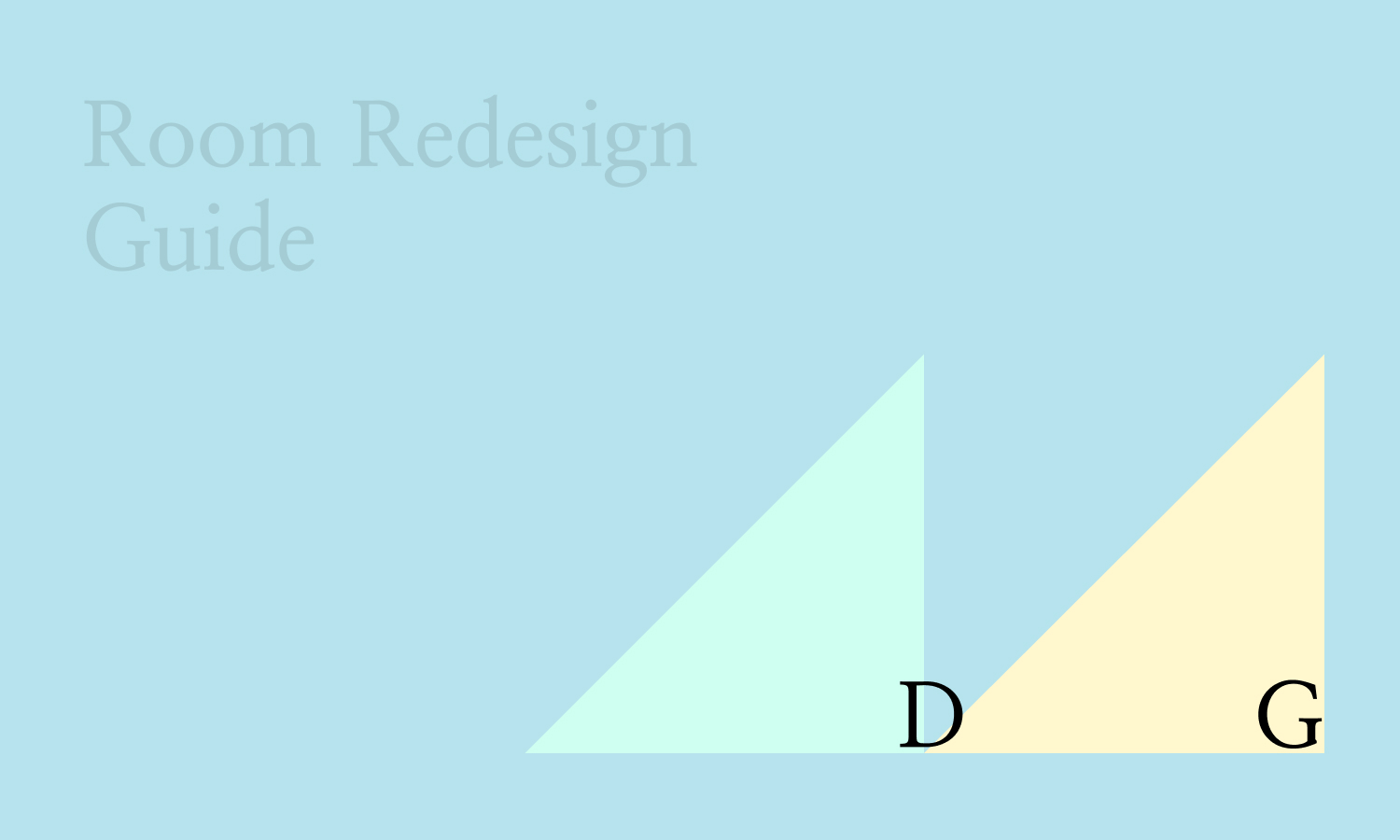Redesigning a room can be daunting, but AI tools make it easier than ever. This step-by-step guide will walk you through the process of using AI to transform your space, from taking photos to implementing your new design.
Why Use AI for Room Redesign?
AI-powered room redesign offers several advantages:
- Cost-effective: No need to hire expensive designers
- Fast: See results in minutes, not weeks
- Visual: See exactly how your room will look before making changes
- Multiple options: Explore various styles without commitment
- Accessible: No design experience required
Step 1: Prepare Your Room
Before you start, prepare your room for the best results:
Clean and Declutter
- Remove personal items and clutter
- Clean surfaces and floors
- Make the bed or arrange furniture neatly
- Open curtains for natural light
Take Quality Photos
Good photos are essential for accurate AI redesign:
- Use natural light: Open all curtains and turn on lights
- Take multiple angles: Front view, corner views, and different perspectives
- Avoid shadows: Ensure even lighting throughout
- Keep it level: Hold your phone or camera straight
- Include the whole room: Show all walls and major furniture
Best Photo Tips
- Stand in the corner of the room for the best perspective
- Include at least two walls in each photo
- Make sure furniture is visible and not cut off
- Avoid using flash if possible
- Take photos during daylight hours
Step 2: Choose Your AI Tool
Select an AI interior design tool that fits your needs:
Key Features to Look For
- Room photo upload capability
- Multiple design style options
- Color scheme customization
- High-quality rendering output
- Easy-to-use interface
Recommended Tools
- ROOM3D: Excellent for room redesign with multiple style options
- Interior AI: Great for quick style transformations
- Reimagine Home AI: Best for professional-quality results
Step 3: Upload and Set Preferences
Once you've chosen your tool:
Upload Your Photo
- Select your best room photo
- Ensure it's clear and well-lit
- Wait for the AI to process the image
Select Design Preferences
Choose your design preferences:
- Style: Modern, traditional, minimalist, Scandinavian, etc.
- Color scheme: Warm, cool, neutral, or specific colors
- Mood: Cozy, bright, elegant, casual
- Budget level: This helps AI suggest appropriate options
Tips for Better Results
- Be specific about your preferences
- Consider your existing furniture
- Think about the room's function
- Consider natural light and room size
Step 4: Review and Refine
After the AI generates your redesign:
Review the Results
- Look at the overall style and feel
- Check if colors work well together
- Evaluate furniture placement
- Consider practicality
Make Adjustments
Most AI tools allow you to:
- Try different styles
- Adjust color schemes
- Modify specific elements
- Generate multiple variations
Compare Options
- Generate 2-3 different design options
- Compare them side by side
- Consider which elements you like from each
- Think about implementation feasibility
Step 5: Implement Your Design
Once you've chosen your favorite design:
Create an Implementation Plan
- List the changes needed
- Prioritize by impact and cost
- Set a budget
- Create a timeline
Start with Small Changes
- Paint walls in the new color scheme
- Add new accessories and decor
- Rearrange furniture
- Update lighting
Gradual Implementation
- Don't feel pressured to change everything at once
- Start with paint and accessories
- Gradually add larger furniture pieces
- Take photos to track progress
Common Mistakes to Avoid
Photo Quality Issues
- Don't use dark or blurry photos
- Avoid photos with too many shadows
- Don't crop out important parts of the room
Unrealistic Expectations
- Remember AI shows possibilities, not guarantees
- Some designs may require significant changes
- Consider your budget and timeline
Ignoring Room Function
- Don't sacrifice functionality for aesthetics
- Consider how the room is actually used
- Think about maintenance and cleaning
Tips for Best Results
Be Specific
- Describe your style preferences clearly
- Mention specific colors or elements you like
- Include information about room function
Experiment
- Try multiple styles
- Test different color combinations
- Explore various furniture arrangements
Consider Your Lifestyle
- Think about who uses the room
- Consider pets, children, or other factors
- Plan for practical needs
Advanced Techniques
Combining Multiple Styles
- Mix elements from different styles
- Create a unique look that reflects your personality
- Balance different design elements
Color Psychology
- Understand how colors affect mood
- Choose colors that support room function
- Consider natural light when selecting colors
Lighting Design
- Plan for both natural and artificial light
- Consider task lighting for specific areas
- Use lighting to create ambiance
Troubleshooting Common Issues
AI Doesn't Understand Your Room
- Try different photo angles
- Ensure good lighting
- Remove clutter from photos
Results Don't Match Your Vision
- Be more specific with preferences
- Try different style combinations
- Generate multiple variations
Implementation Challenges
- Break down changes into smaller steps
- Start with easiest and most impactful changes
- Consider professional help for major changes
Conclusion
Using AI for room redesign is a powerful way to visualize and plan your space transformation. By following these steps, you can achieve professional-looking results without the cost of hiring a designer. Remember to take quality photos, be specific with your preferences, and don't be afraid to experiment.
The key to success is preparation, patience, and willingness to try different options. With AI tools like ROOM3D, transforming your space has never been easier or more accessible.
---
Ready to redesign your room? Start with ROOM3D and see your space transformed in minutes.
